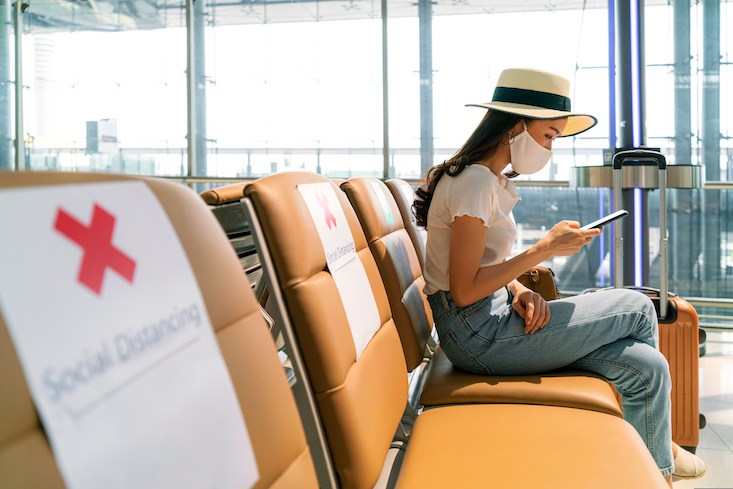If you’re wondering whether you can teach abroad in 2021, the answer is… yes but only in some countries.
Quick disclaimer: we are not promoting non-essential travel. The reality is that there is a growing global teacher shortage, so we believe helping solve the teacher shortage is essential.
That said, the choice and risk of travel are yours. But we want to help you make an informed decision on where to relocate.
Here’s the other thing to note:
There will be some extra health and safety protocols to factor in if you set off overseas this year.
You may even be required to show a negative test or quarantine for 14 days when you arrive.
Now that we’ve got the serious stuff out of the way, the great news is that some countries are still welcoming travelers.
We’ve rounded up a few countries with good safety protocols, lower case counts and open borders! We also chose countries based on the Centre for Disease Control and Prevention’s (CDC) travel risk ratings.
Here are some of our top picks for countries that are handling the pandemic well and are issuing work visas for teachers:
- Thailand
- South Korea
- China
- Cambodia
- Singapore
Don’t forget to check out our tips at the end of the post before you go!
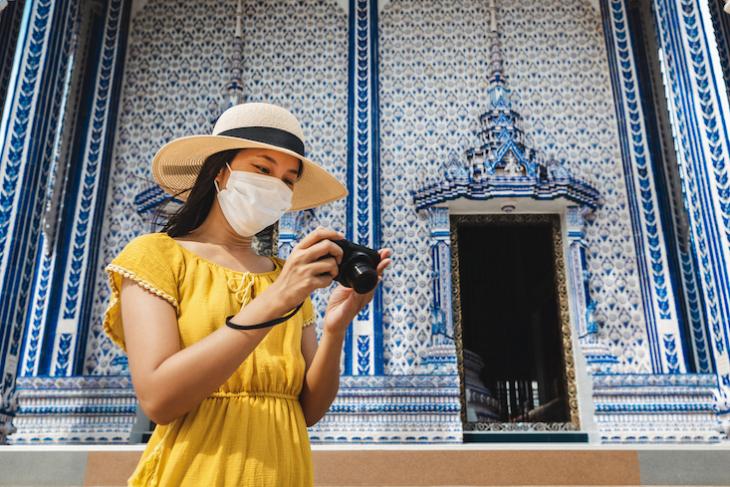
Teach abroad in Thailand
If the thought of being on a tropical beach feels like a distant dream: think again.
You can teach abroad in Thailand! Thailand has recently reopened its borders to various travelers worldwide on short and long-stay visas.
As well as being open to tourists, borders are also open to holders of a non-immigrant B visa–which English teachers need to enter the country.
You will need to search for a teaching job before you arrive in Thailand and factor in paying for a 14-day quarantine upon arrival.
Otherwise, most schools are open. Often with social distancing measures in place, including transparent face masks for teachers.
Even better, the Centre for Disease Control and Prevention currently rates Thailand as a low-travel risk country for Covid-19.
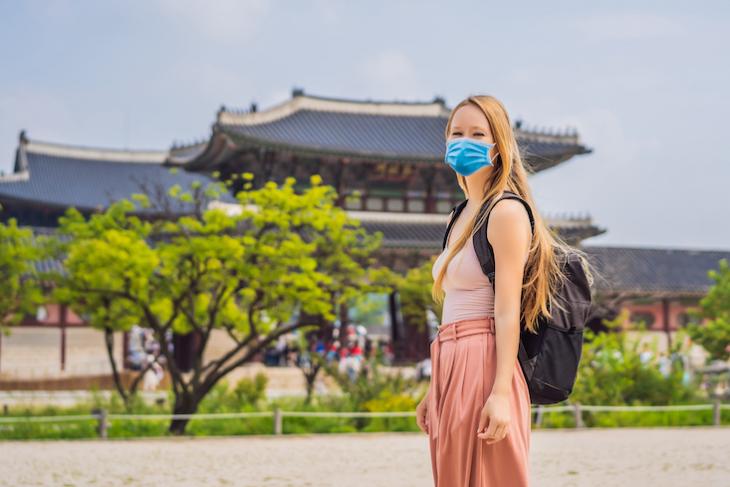
Teach abroad in South Korea
Always a popular destination for English teachers, South Korea is still employing foreign nationals to work in schools so you can still teach overseas in South Korea.
As usual, you should arrange your work visa with your employer before you arrive in South Korea.
Next, there are some extra safety protocols to follow:
From January 8, all foreign nationals arriving in South Korea by air must provide a negative PCR test taken 48 hours before departure.
You must also quarantine for 14 days, during which you will be housed in accommodations arranged by the government (paid on your dime).
During the quarantine, you will have to take a second Covid test.
After that, you’re free to get out there and teach!
As South Korea has a highly effective track and trace and testing systems in place, the country has mostly avoided strict lockdowns throughout the health pandemic–even keeping restaurants open with some restrictions.
The CDC currently rates the travel risk in South Korea as moderate.
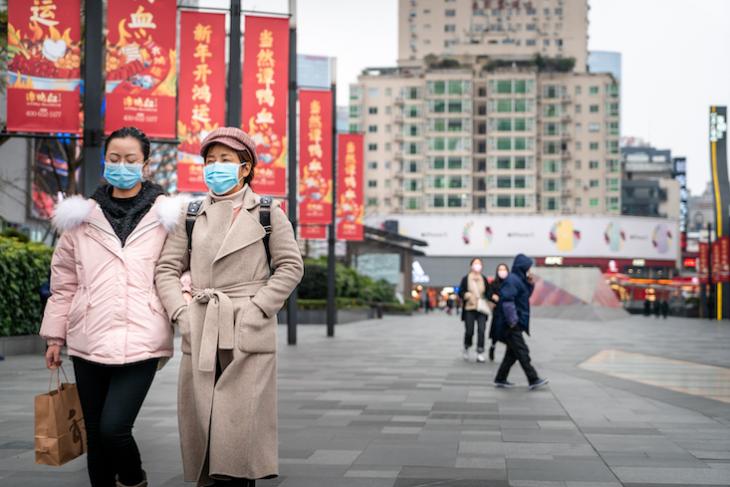
Teach abroad in China
Another long-time favorite destination for aspiring TEFL teachers is China. The good news is you can still teach in China.
And with a huge diversity of lifestyles and work contracts on offer in this vast country, it’s not hard to see why.
While China’s borders are largely closed to foreign visitors, they are open to travelers entering the country on a C visa–which is the visa used by English teachers.
You must organize the visa with your employer before you arrive in China, and when you arrive, you will have to quarantine for 14 days as a safety precaution.
You’ll also need to check your flight routes – direct flights from some countries (such as the UK) are currently banned.
In China, Covid restrictions can vary from place to place.
For example, all Shanghai areas are currently considered low risk, but some restrictions are in place in Beijing.
Overall, the CDC currently rates the Covid travel risk in China as low.
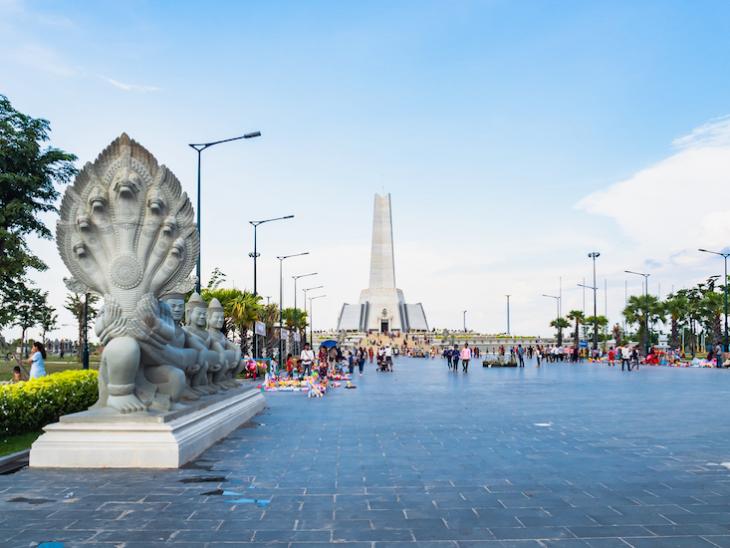
Teach abroad in Cambodia
Often overlooked in favor of neighbors Thailand and Vietnam, Cambodia has plenty to offer if you want to teach in Cambodia.
Enjoy landscapes crossing the Mekong delta, the gulf coast of Thailand and the Cardamom mountains.
Cambodia’s borders are open to travelers with an eligible visa, a negative COVID-19 test taken less than 72 hours prior and valid medical insurance.
Teachers will need to find a job in Cambodia in advance to secure a visa.
On arrival, travelers must also quarantine for 14 days, and leave a medical deposit of US $2,000 at the airport.
Once the required tests have been done, the remainder of the deposit will be returned.
The CDC currently rates Cambodia as a low-risk travel country for Covid.
Teach abroad in Singapore
Another little-known teaching destination is Singapore. Teaching in Singapore is an amazing experience.
While English is widely spoken in the island city, there are plenty of teaching jobs available in public schools and the ESL sector as well.
Borders are open to people with a valid visa arriving in Singapore. On arrival, travelers must provide proof of a negative Covid test result taken less than 72 hours prior.
You will then have to complete a 14-day quarantine.
Once the quarantine is over, you’ll be able to enjoy significant freedoms.
Lockdown measures were lifted in June 2020 due to its success in dealing with the COVID-19 virus.
And Singapore might be an exceptionally safe place to spend 2021.
This year, the country is due to host the World Economic Forum as it has relocated from Davos following high Covid cases in Europe.
As such, authorities are at the forefront of looking for safe ways to ease travel between Singapore and other countries and are even discussing removing travel restrictions for people who have had the Covid vaccine.
The CDC currently rates Singapore as a low-risk travel country for Covid.

Follow these steps before you go.
Before you make any plans to teach abroad, make sure you:
Check the latest travel advice from your country.
While we can advise travel to the countries on the list at the time of writing, the health situation can change quickly.
Make sure you check for the most up-to-date travel information before making travel plans.
Review your health insurance policy.
Depending on where you are going to teach, your employer may provide you with health insurance, or help you sign up for social security coverage, or you may need private insurance.
Either way, make sure you understand your health coverage before you arrive. If you can, budget for extra coverage in case what is offered doesn’t cover your needs.
Follow the rules.
Many countries have different rules for overseas travelers to follow in light of the health crisis.
These may include quarantines and taking tests before and after you travel. Keep yourself and others safe by following the rules for the country you are traveling to.
Make an informed decision.
Now that you have all the information on which countries are the lowest-risk and are open to travelers, you can safely seek an opportunity abroad.
Manage your expectations about what the choice entails. If you have to quarantine, you could feel lonely while you’re abroad.
It’ll help if you prepare by learning how to teach in a different country before setting off.
Remember to stay up-to-date with the latest travel restrictions and medical advice from your country.
If you’re not ready to travel or feel unsafe, wait it out until things calm down more.
Otherwise, take a look at some of our openings for teaching jobs abroad to find your next great opportunity!
We hope that whatever your path, you are safe and healthy at your destination.
